Las tasas de absorción en el sector inmobiliario se refieren al porcentaje de inmuebles disponibles que se venden en un plazo determinado. Podemos utilizar los índices de absorción para evaluar la salud del mercado y estimar el tiempo que las propiedades permanecerán en el inventario.
Cuanto mayor sea el índice de absorción, más rápido se venderán las viviendas del mercado. Un índice de absorción superior al 20% es un mercado de vendedores, y uno inferior al 15% es un mercado de compradores.
La fórmula de los índices de absorción en un mercado determinado es sencilla:
Plazos = un mes
1 de septiembre de 2021 - 30 de septiembre de 2021
# de viviendas vendidas
___________________ =
# de viviendas totales en venta
Tome el número de viviendas vendidas y divídalo por el número de viviendas disponibles. Asegúrese de que todas las ventas se produzcan en el mismo período de tiempo.
Utilicemos un escenario imaginario para repasar la fórmula. Imaginemos que el número de casas vendidas en Miami en septiembre fue de 10, en un mercado que tenía 23 casas en venta en Miami.
10
___ = 0.43
23
Multiplique 0.43 por 100 para determinar el porcentaje.
0.43 x 10 = 43%
Ahora sabemos que el 43% de las casas en este mercado imaginario se vendieron en el mes de septiembre.
La inversa de esta fórmula nos mostrará cuánto tiempo podemos esperar que las propiedades permanezcan en el mercado. Divida la cantidad total de propiedades disponibles por el número de vendidas (todas durante el mes de septiembre de 2021).
23
_________ = 2,3 meses
10
En este ejemplo, se tardará 2,3 meses en vender el resto de las viviendas.
Tasa de absorción actual del mercado inmobiliario de Miami
El mercado inmobiliario de Miami ha tenido una tasa de absorción acelerada. En abril de 2020, la métrica estaba mostrando más de 30 meses de inventario en las ventas de casas de lujo en la costa de Miami, pero un año más tarde la tasa de absorción se disparó a medida que la demanda aumentó. Se esperaba que el inventario durara sólo 2,6 meses en abril de 2021 y todavía se está vendiendo rápidamente.
Las ventas de condominios de lujo en abril de 2020 mostraban más de 44 meses (¡en mayo la estimación era de 80 meses!), pero ahora el pronóstico muestra sólo 6,5 meses.
Así que mientras esos meses de pandemia parecían muy aterradores, eran sólo instantáneas de un mercado afectado por una cuasi-pausa económica mundial causada por la pandemia.
Una vez que la gente pudo empezar a recoger propiedades de nuevo, Miami vio una avalancha de compras.
Hay precedentes de tal aceleración. Por ejemplo, el mercado inmobiliario de Miami en 2009 mostró una baja tasa de absorción con un elevado inventario que provocó la caída de los precios de los condominios. Los precios más bajos impulsaron un mercado estancado a una tasa de absorción mucho más alta, moviendo las propiedades mucho más rápido.
Todo esto es para decir que usted necesita mirar las tendencias y el panorama general antes de descartar un mercado basado en las tasas de absorción. Cuando vemos una cifra como ésta, su poder predictivo sólo se mantiene mientras se mantengan ciertos factores, porque los mercados responden. Muy pocas cosas permanecen estáticas o estancadas durante mucho tiempo.

-2.png?width=500&height=205&name=MIAMI%20HOME%20SEARCH%20(2)-2.png)













